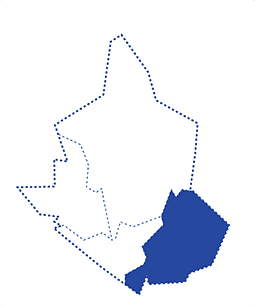
Guide to Arta
The Amvrakia of King Pyrrhus, the land of the Athamanes, the capital of the Medieval Despotate of the Komnenos family. Arta is famous for its stone bridge (Arta Bridge) over the Arachthos River, for which, as the traditional story goes, the master builder’s wife had to be sacrificed so that it could be completed. You can also visit the ruins of ancient Amvrakia. Or admire its treasures in the Archaeological Museum.
A strong Byzantine flavour pervades the town. As you pass through the streets in the town centre through the narrow alleyways, you will come across temples and post-Byzantine buildings which testify to its rich history and its religious past. Of note is the Church of Panagia Parigoritissa (Our Lady of Consolation), which impresses with its innovative architectural style, and the churches of Agia Theodora, Agios Vasilios, and Agios Vasilios ‘tis Gefyras’ (of the famous Arta Bridge). It is worth paying a visit to the Byzantine castle and to the Yiannis Moralis Municipal Art Gallery, dedicated to the work and life of the famous painter, who was born in Arta. The surrounding area is also home to many remarkable Byzantine and Post-Byzantine monuments: Panagia Vlachernon, Panagia Bryoni, Agios Dimitrios Katsouri (the oldest monument in Arta), Panagia Rodias, Agia Paraskevi ‘tou Drakou’ (of the Dragon), Agia Paraskevi in Rodavgi, etc.
Of special importance to Arta is the magnificent Ambracian Gulf, and the richly biodiverse wetlands area around it. It is protected by international conventions and is home to endangered species of birds and fish. It is also known for its fresh fish and seafood, the most famous being ‘Gampari’ shrimp, and its sardines. The third largest colony of silver pelicans in Europe makes its home in the Ambracian wetlands, while there are beautiful migratory birds, including cormorants, kingfishers, herons and flamingos, which add exotic colour to the area. It is one of the best places for birdwatching. You can find turtles, dolphins and water buffalo in the waters there, and there are also a number of salt-water lagoons scattered around the region. The old customs-house at Salaora houses the Ambracian Information Centre, and the Rodia Wetlands Centre can be found at Strongyli. You can take a boat-trip across its marshes and visit the model fisherman’s hut/observatory. In Koronisia, you can enjoy ouzo, seafood appetizers and local products in the picturesque little tavernas by the sea.
Activities

Experiences
Epirus manages to be a one-of-a-kind destination: an enviable combination of cultures and traditions, with a natural environment unique in Greece, and it never fails to surprise and delight its visitors. Epirus is located in the north-west corner of Greece and is an ideal travel destination all year round.
NATURE

SHOPPING

CULTURE

NIGHTLIFE

RELIGION

GASTRONOMY

Attractions
Epirus manages to be a one-of-a-kind destination: an enviable combination of cultures and traditions, with a natural environment unique in Greece, and it never fails to surprise and delight its visitors. Epirus is located in the north-west corner of Greece and is an ideal travel destination all year round.
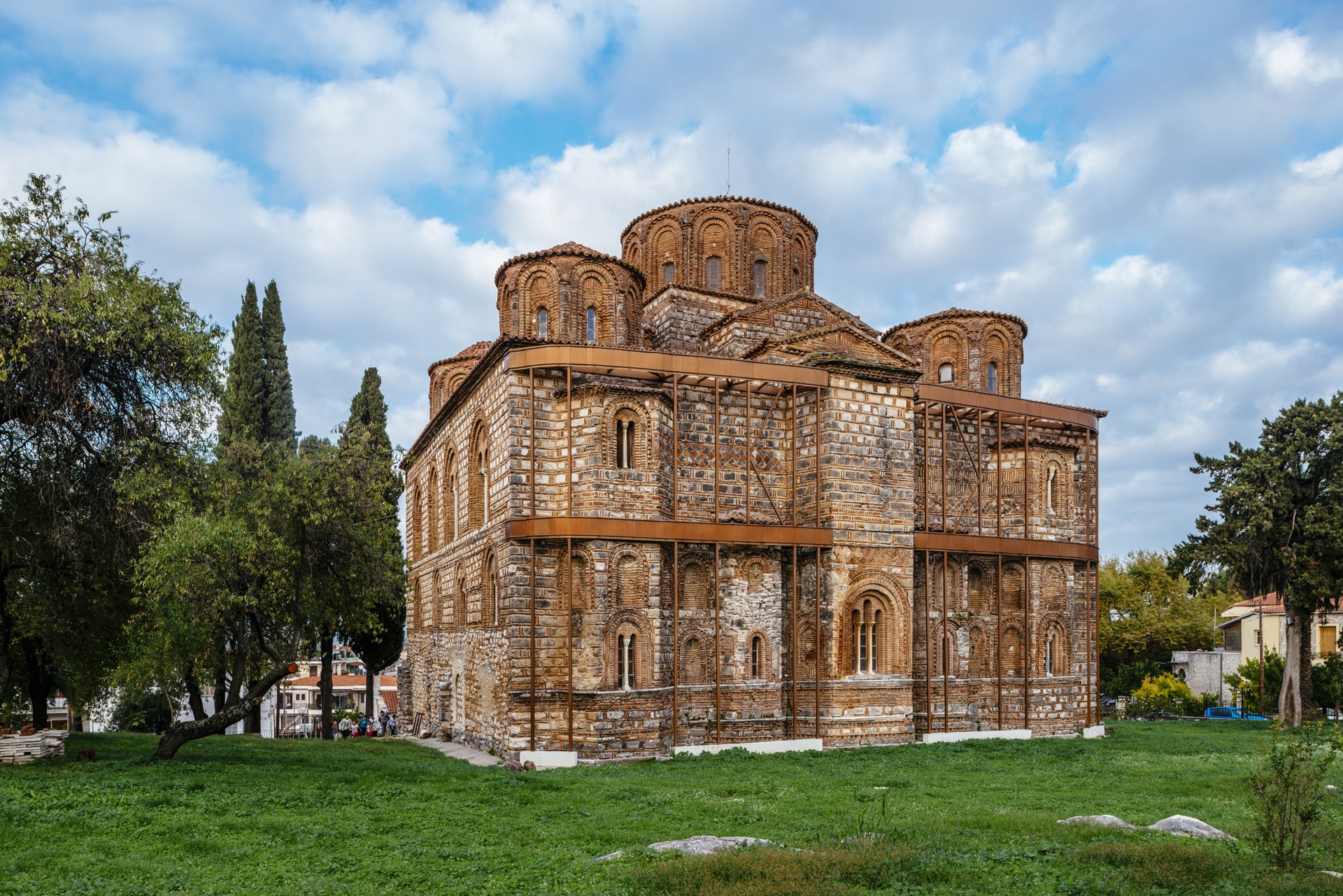
13th-century building founded by Nikephoros I Komnenos Doukas and his wife Anna Palaiologina Katakouzene It is the «lady» of today’s Arta, the jewel of the once glorious capital of the Despotate of Epirus. It dominates over the densely populated slope of Peranthi hill, with its imposing presence being a reminder of the grandeur of Byzantine Arta. Today only the church, the Altar and 16 cells survive from the stavropegial monastery
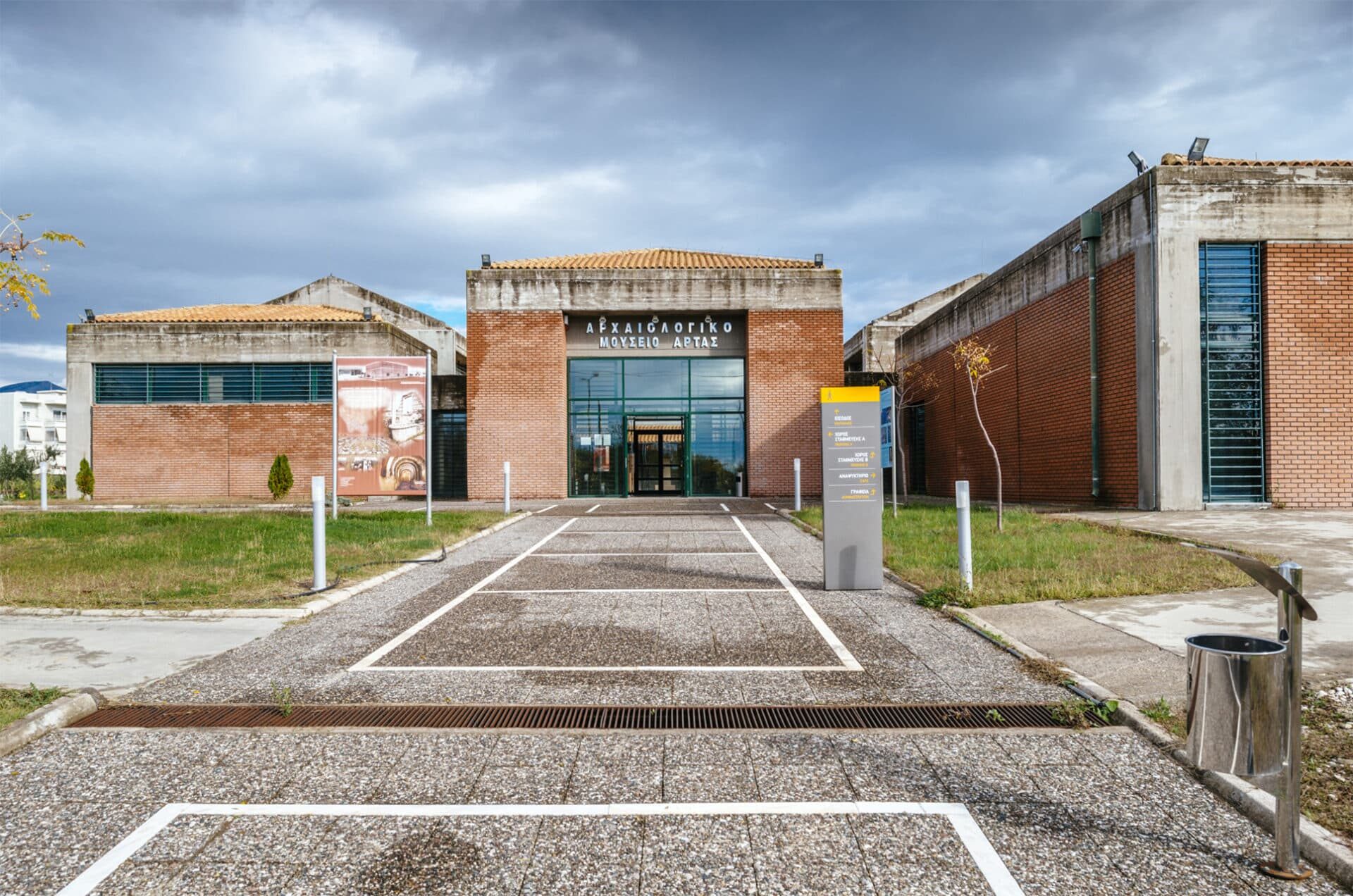
Located at a small distance from the famous bridge of the city, it is housed in a new building and was inaugurated in Autumn 2009. It includes a great collection of ancient objects chronologically covering a big period, from the Paleolithic Age to the Roman times. Most of the exhibits, the most significant ones, date back to the Classical times and originate from Amvrakia, a Corinthian settlement built in the same location with today’s Arta.

It is one of the most famous bridges of Epirus. It consists of four large semicircular arches supported by large abutments over which dominate the vaults. Its width is 3.75 m and its length 145 m. According to the tradition, the bridge was built in the early 17th century by the Artan Giannis Thiakogiannis. The Turkish traveler Evliya Tzelempi mentions that the bridge was built by Faik Pasha during the 15th century.

It was built in the second half of the 15th century by Faik Pasha. The mosque was built with materials taken from the old Byzantine church of Panagia Parigoritissa, from ancient Nicopolis and also from various ancient buildings of Amvrakia.
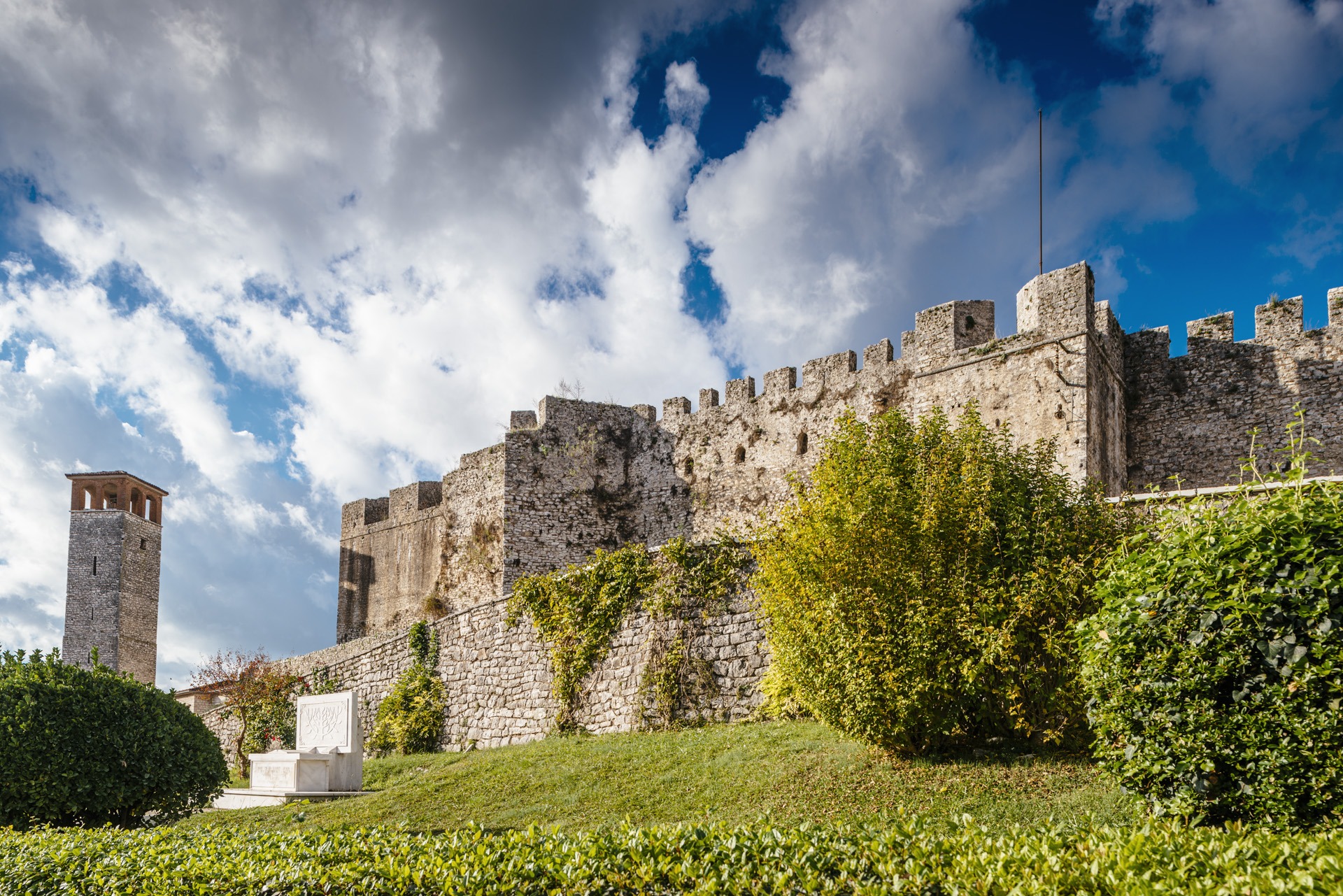
Built by Michael II, Despot of Epirus, in the 13th century, the castle of Arta preserved in an excellent condition, is a representative example of the secular architecture of the Byzantine period and the medieval character of Arta. It is one of the major attractions of the area. It is the crown of the lower city, the most beautiful corner of today’s Arta.
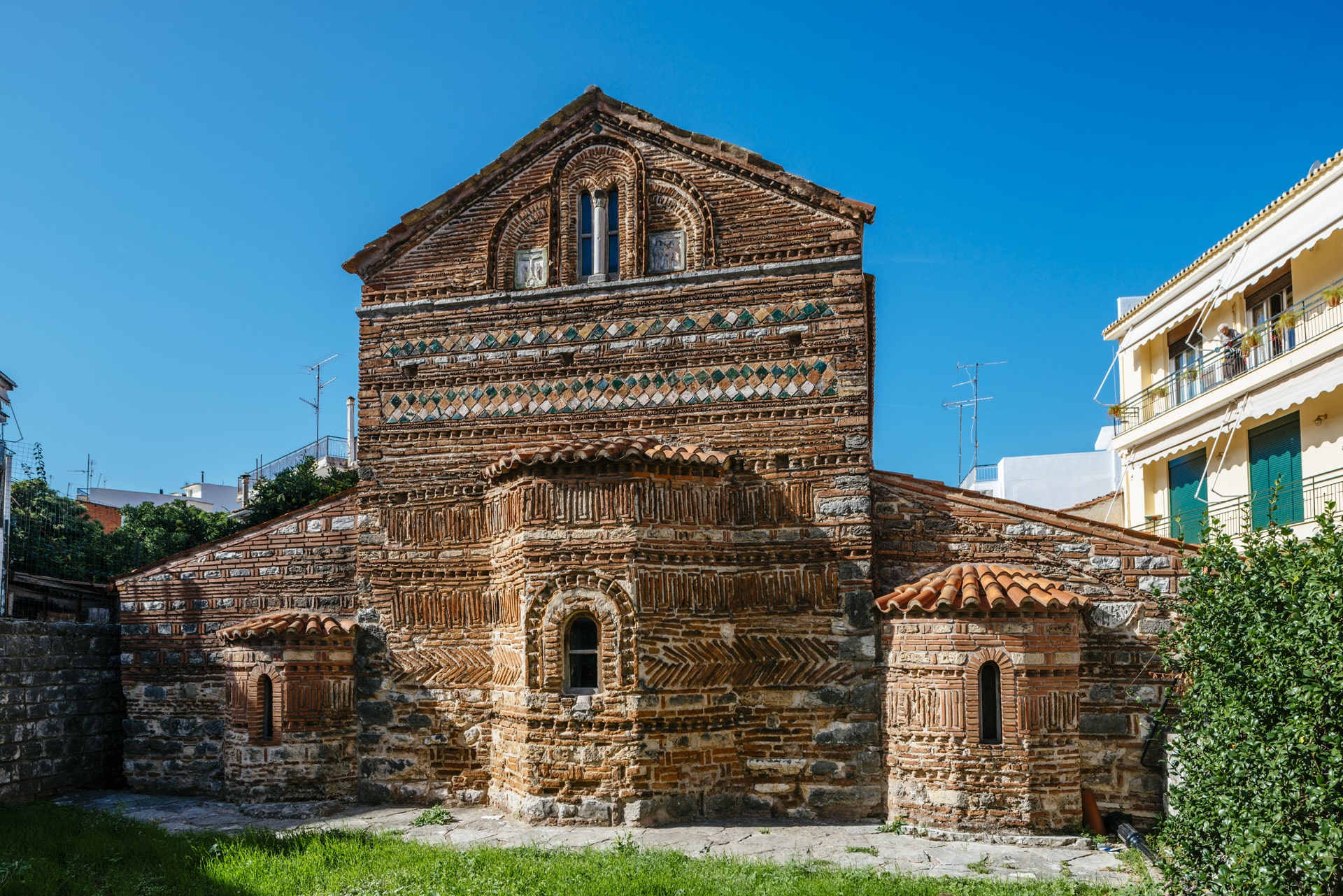
It is located in the old quarter of the Tourkopazaro at Arta. The church dates back to the end of the 14th century, while the preserved wall paintings to the 17th. The first researchers mentioning the church of Agios Vasileios is the Russian archimandrite Antoninos in 1886 and the Metropolitan Bishop Serapheim in 1884.
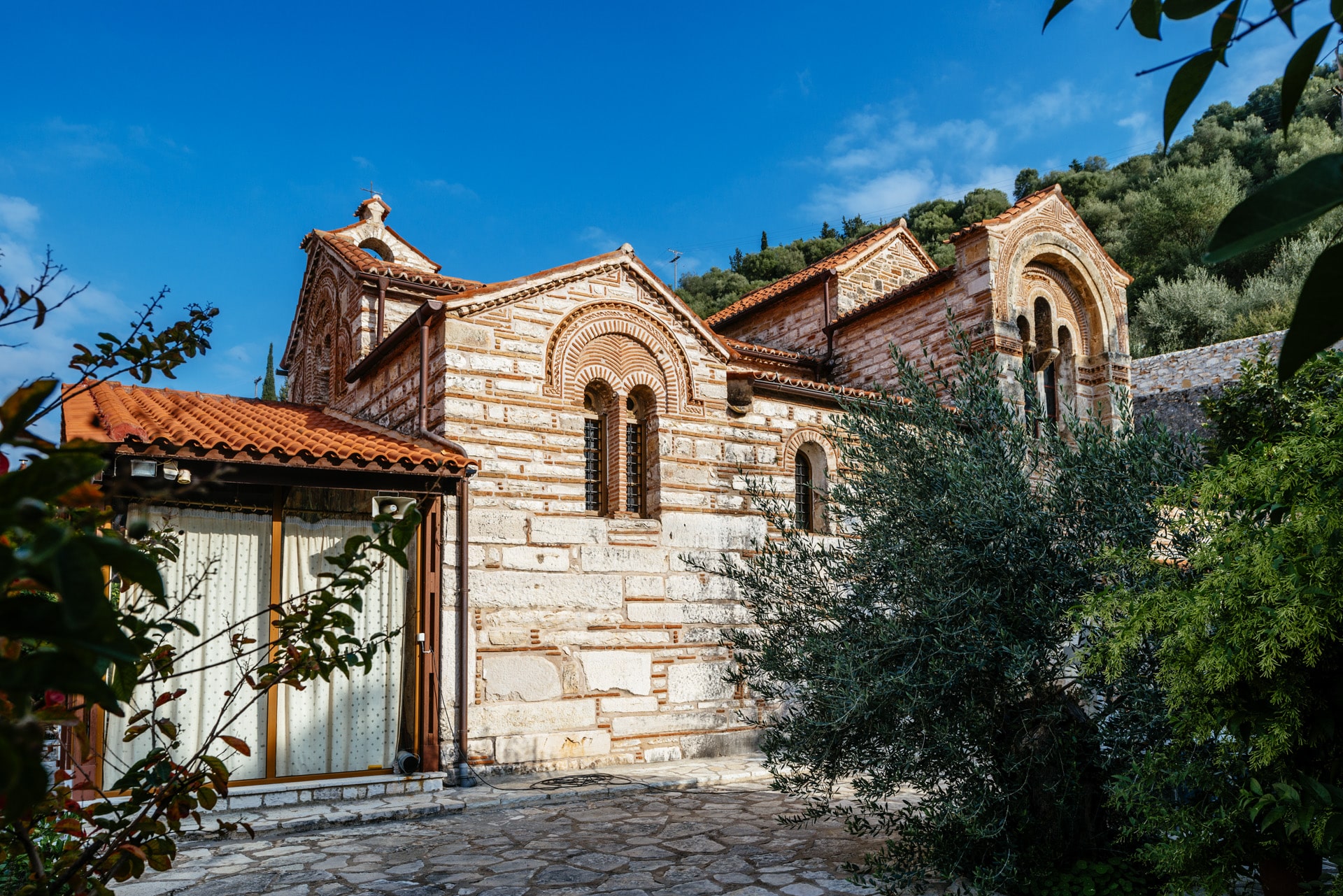
The monastery was built in the 13th century by Michael Doukas Komnenos, Despot of Epirus. Today the monastery is kept alive thanks to the constant care of the nuns who live there. This great monument, built in a beautiful location, with a history and tradition that go beyond the normal boundaries of a monastery.
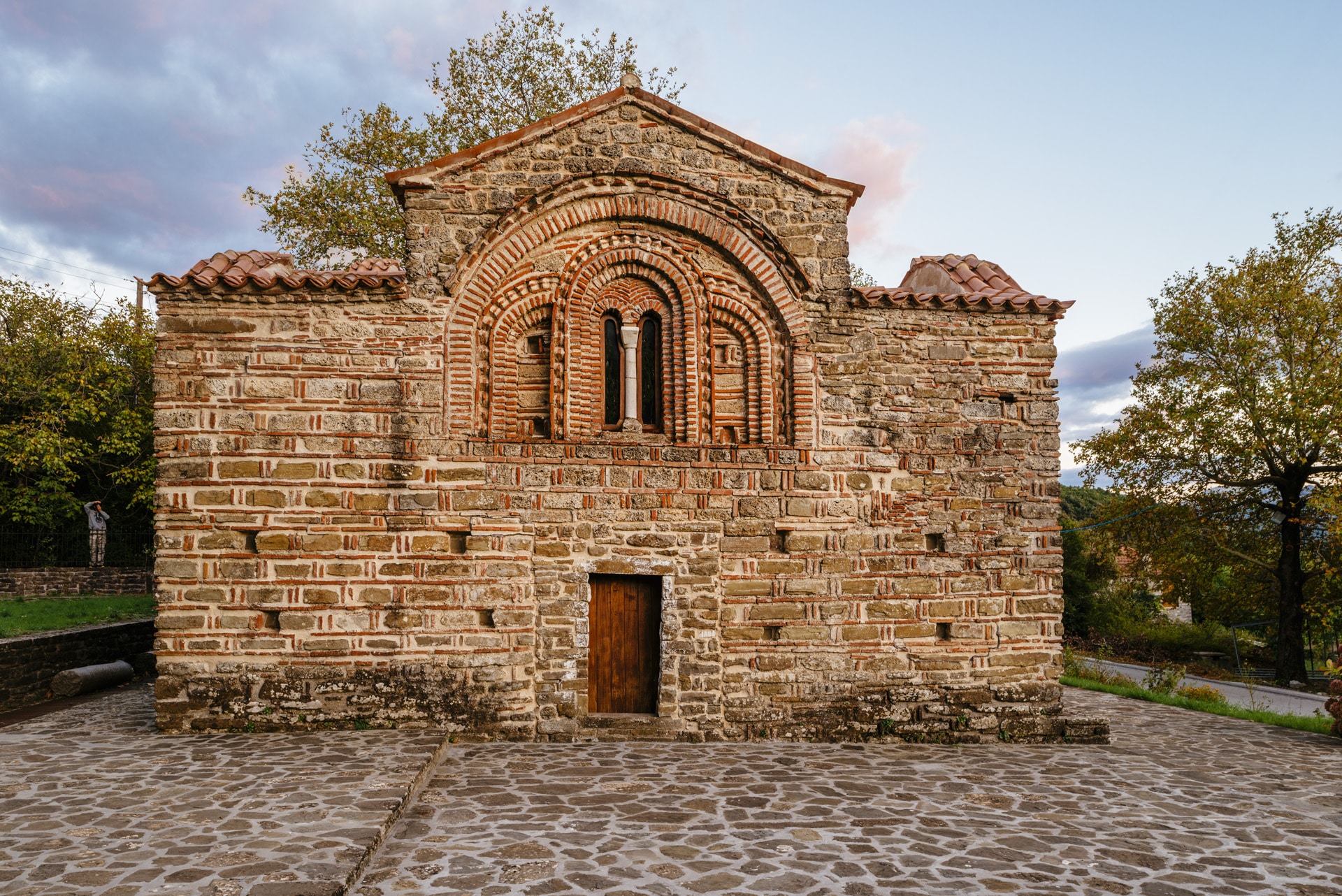
One of the oldest churches in the Tzoumerka area is unquestionably the Red Church (Kokkini Ekklesia), located in Palaiochori, Vourgareli, and dating back to the late 13th century. Its name most probably resulted from the red color of the bricks, decorating the exterior walls of the monument, forming bands with meanders and serrated ribbons.
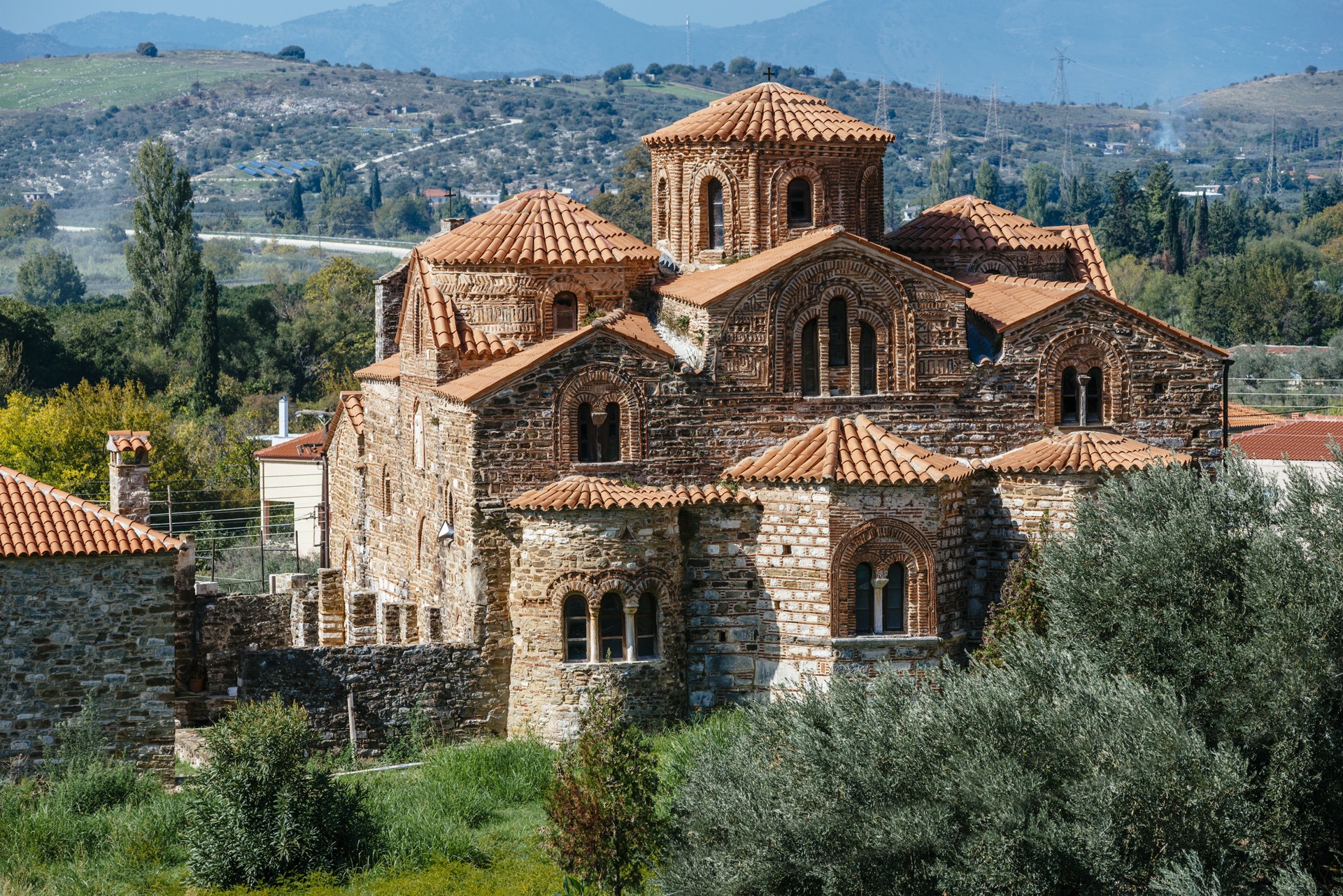
It is located in the village of Vlaherna, opposite Arta, and took its name from the famous Panagia of Vlahernae in Constantinople. It was founded at the end of the 11th century and remodeled in the mid 13th century by Michael II Komnenos Doukas.
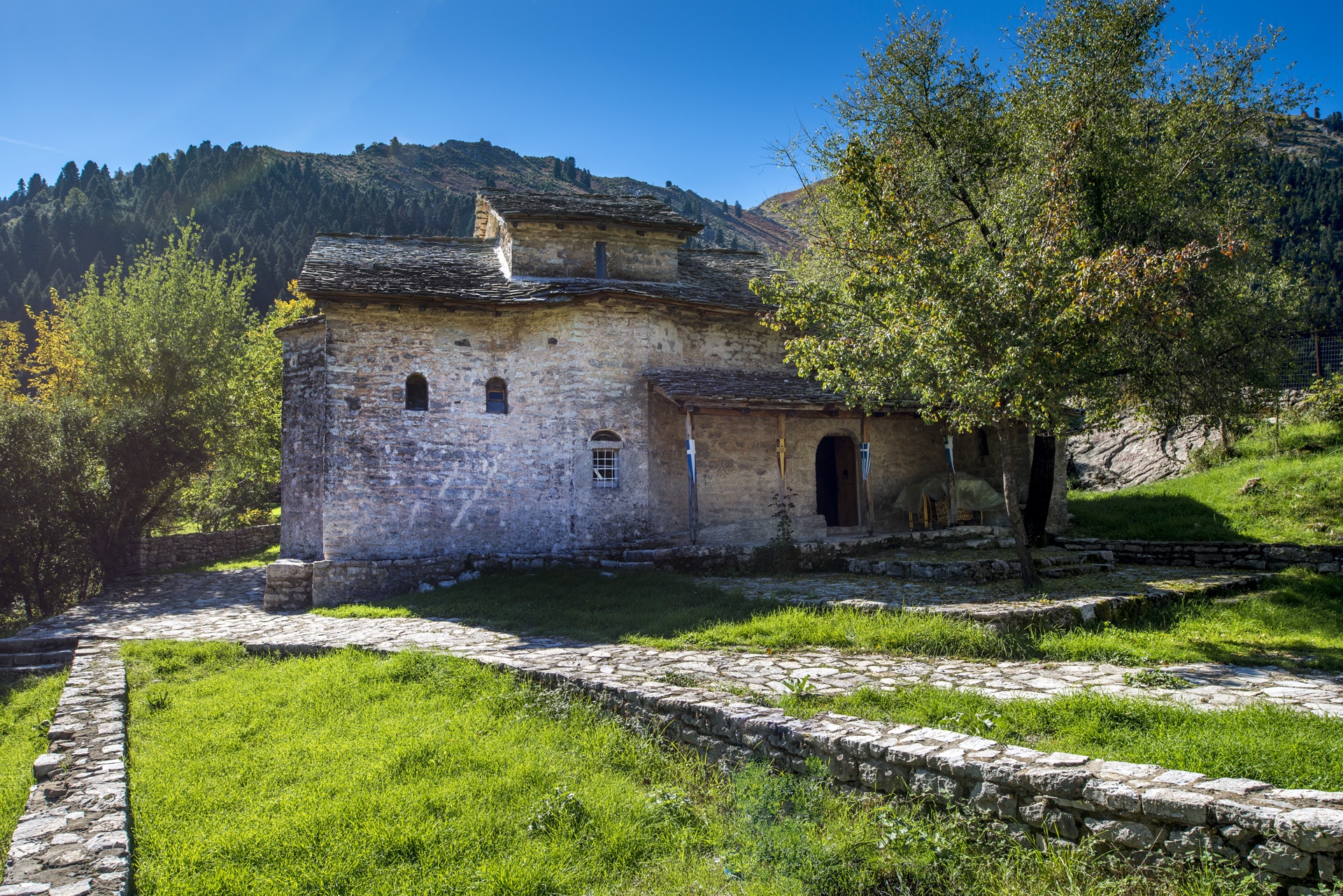
Located at the eastern end of the prefecture, at some distance from the village of Piges, perched on a steep offshoot of the mountains of Tzoumerka, whose roots are quietly licked by the waters of Acheloos River. Only the church and the ruined cells around it are preserved intact from the buildings of the old monastery.
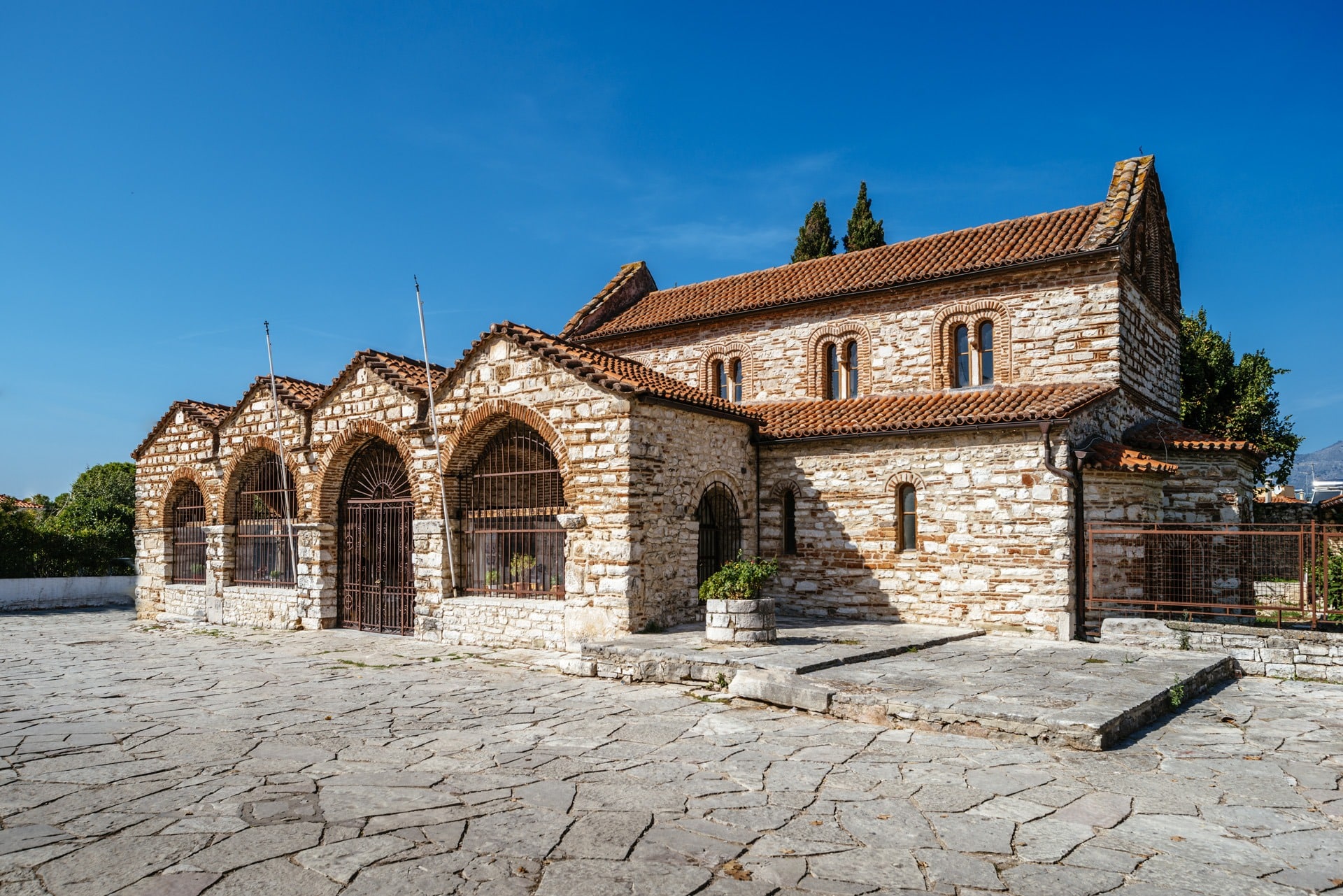
The church of the patron saint of Arta and a pillar are the only salvaged parts of the monastery founded in the 13thcentury by the queen of the Despotate, Theodora. It was founded in honor of St. George and functioned as a convent for nuns.
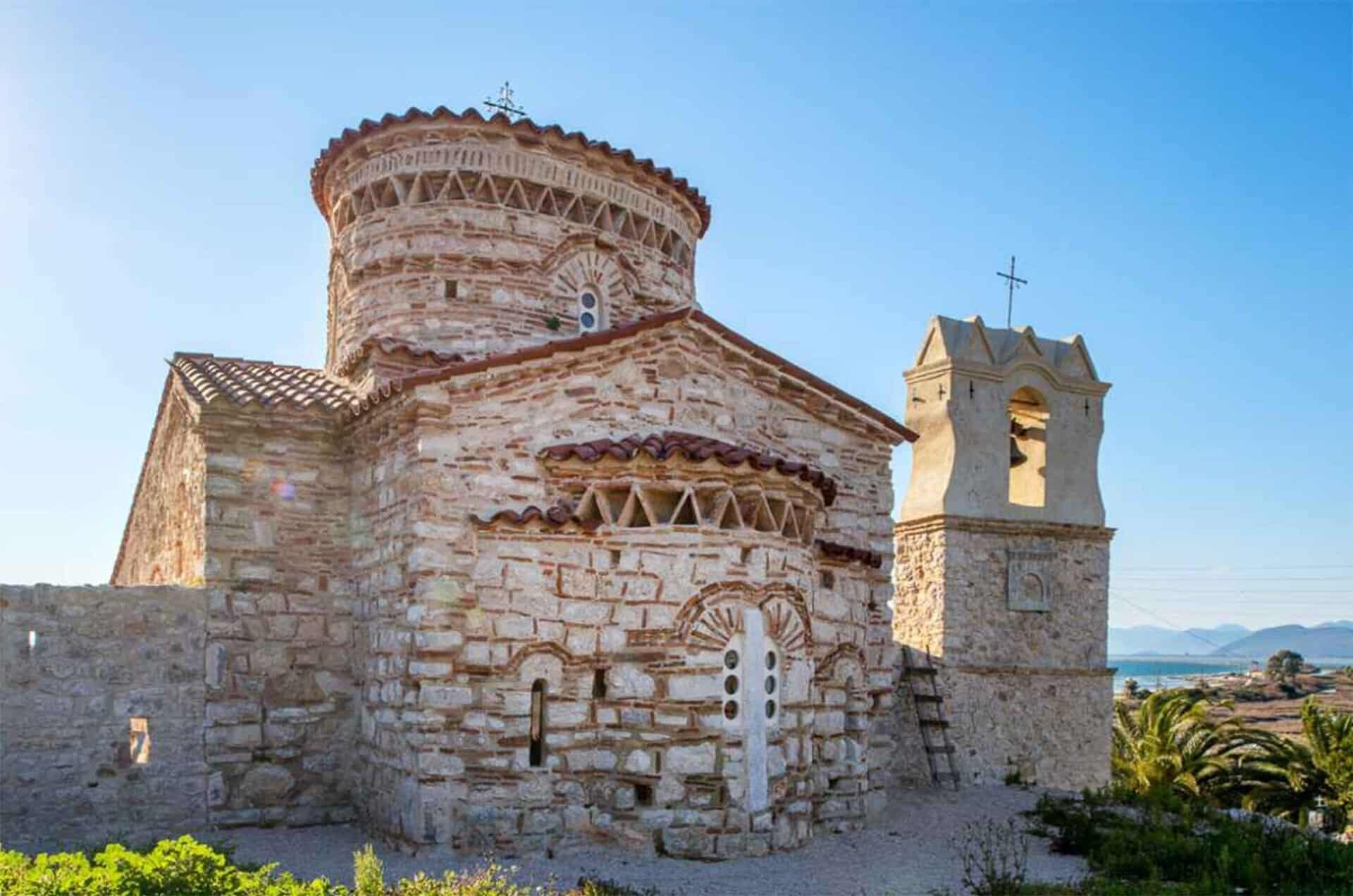
In the middle of beautiful Koronisia, in the arms of Amvrakikos gulf, dominating on the top of the small hill, guard over all, the land and the sea, stands the little church of the Nativity of the Theotokos, a remnant of the old and thriving monastery. This is one of the oldest churches of Byzantine Arta and dates back to the 10th century. During the Frankokratia and Ottoman Occupation flourished and sheltered many monks.
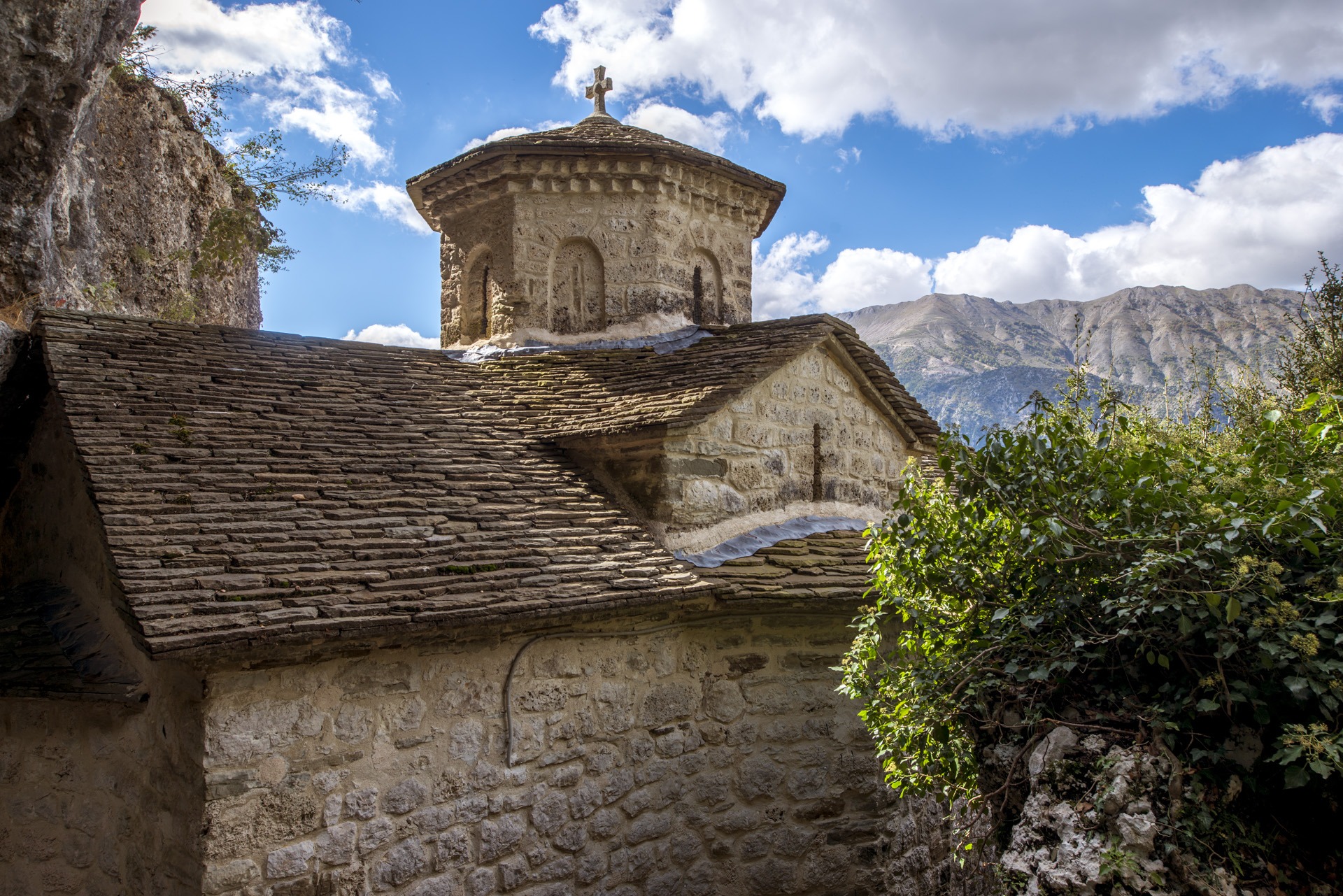
The Convent of Panagia, dedicated to the Nativity of the Theotokos, is located to a short distance from the village of Gouriana. It got the name Chrysospiliotissa from the cave near which it was built, where, tradition has it, a golden icon of Panagia was found. According to an inscription, the present church was renovated in 1663.
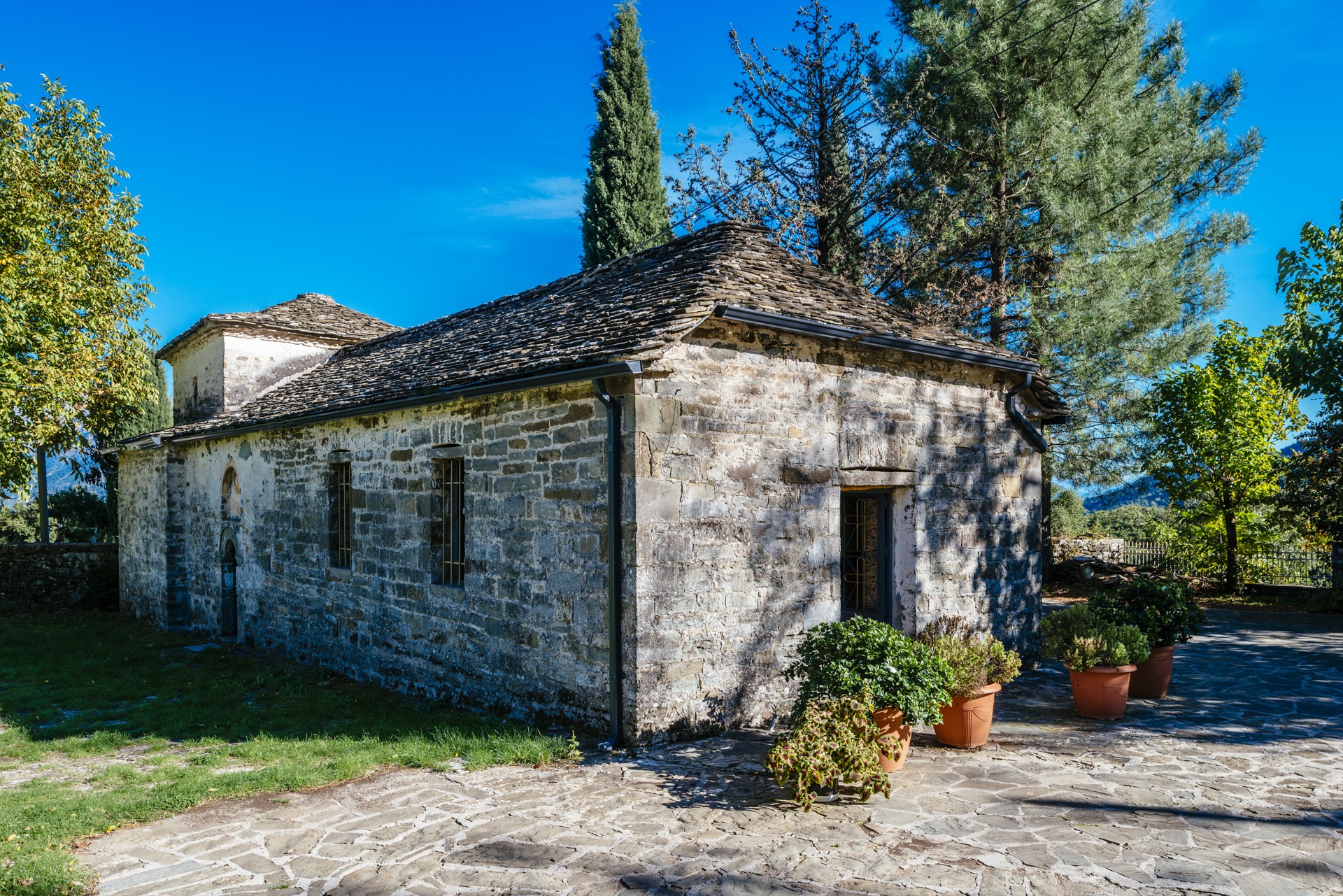
The monastery of Panagia Botsiotissa, in the area of Radovyziο, is famous in the wider area of Arta. Its name stems from the old name of the settlement called Botsi.
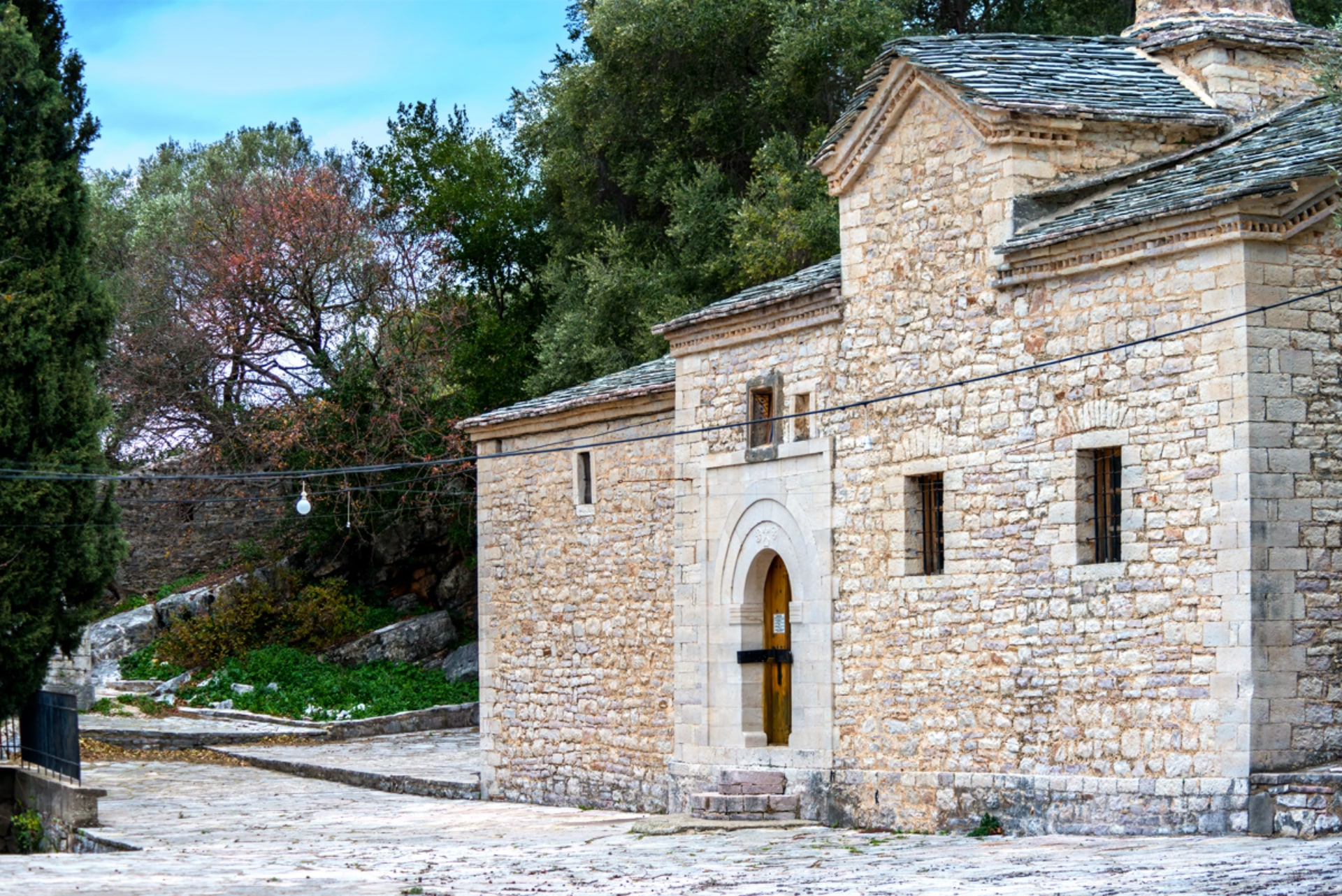
The Monastery of Rodia is dedicated to the Assumption of Virgin Mary. The Monastery stands at the southwestern slopes of mountain "Mavrovouni" (altitude 329m.) and over the northeast shore of the Rodia lagoon. According to Arta's Metropolitan, "Seraphim Xenopoulos" (and the Historical Essay on 'Artis and Preveza, pp. 171-172), the Monastery of Rodia was founded in the year 970, during the time of the Byzantine Emperor John Tsimiski.
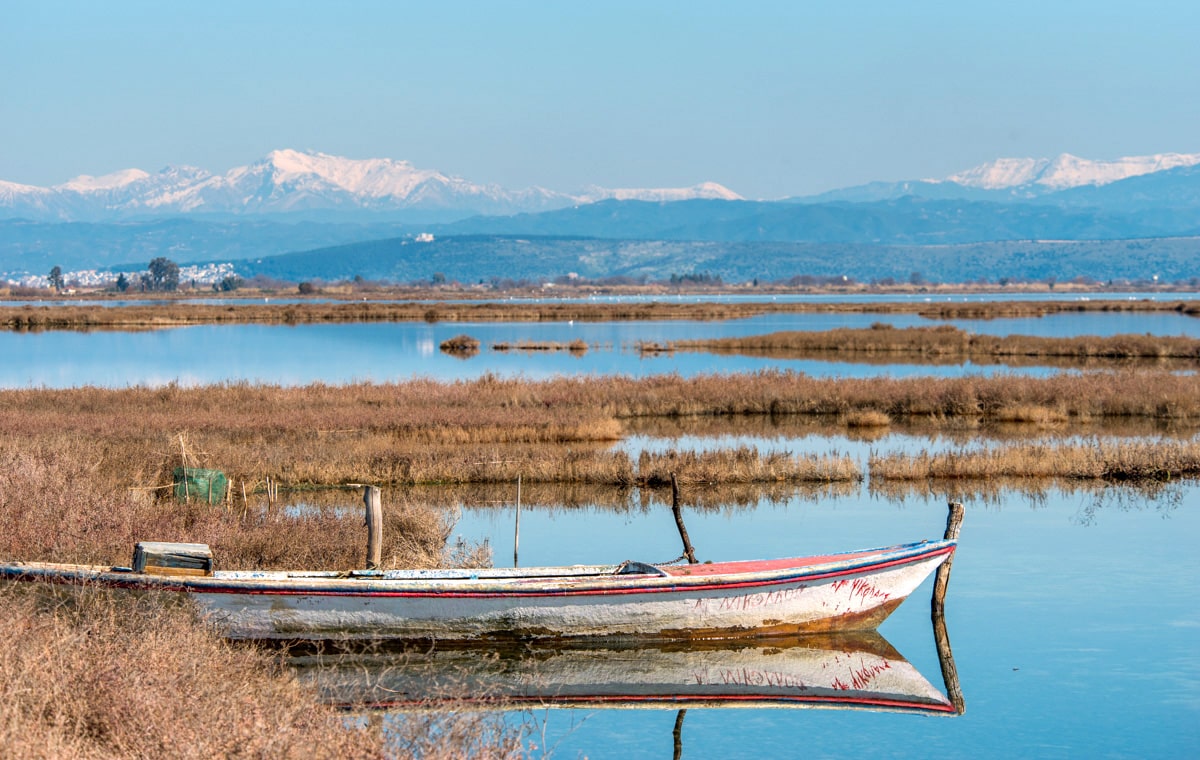
As we descend from the coast of Epirus to the coasts of Central Greece, we suddenly meet a geological paradox. The compact shoreline is cleaved by a narrow strip of sea, creating the most exciting ""inland sea"" of Greece. This geological phenomenon is is the result of an intense tectonic activity, that begun over 2 million years ago. The Ambracian Gulf is actually a tectonic draft, that began filling with the deposits of two rivers, ""Arachthos"" and ""Louros"".
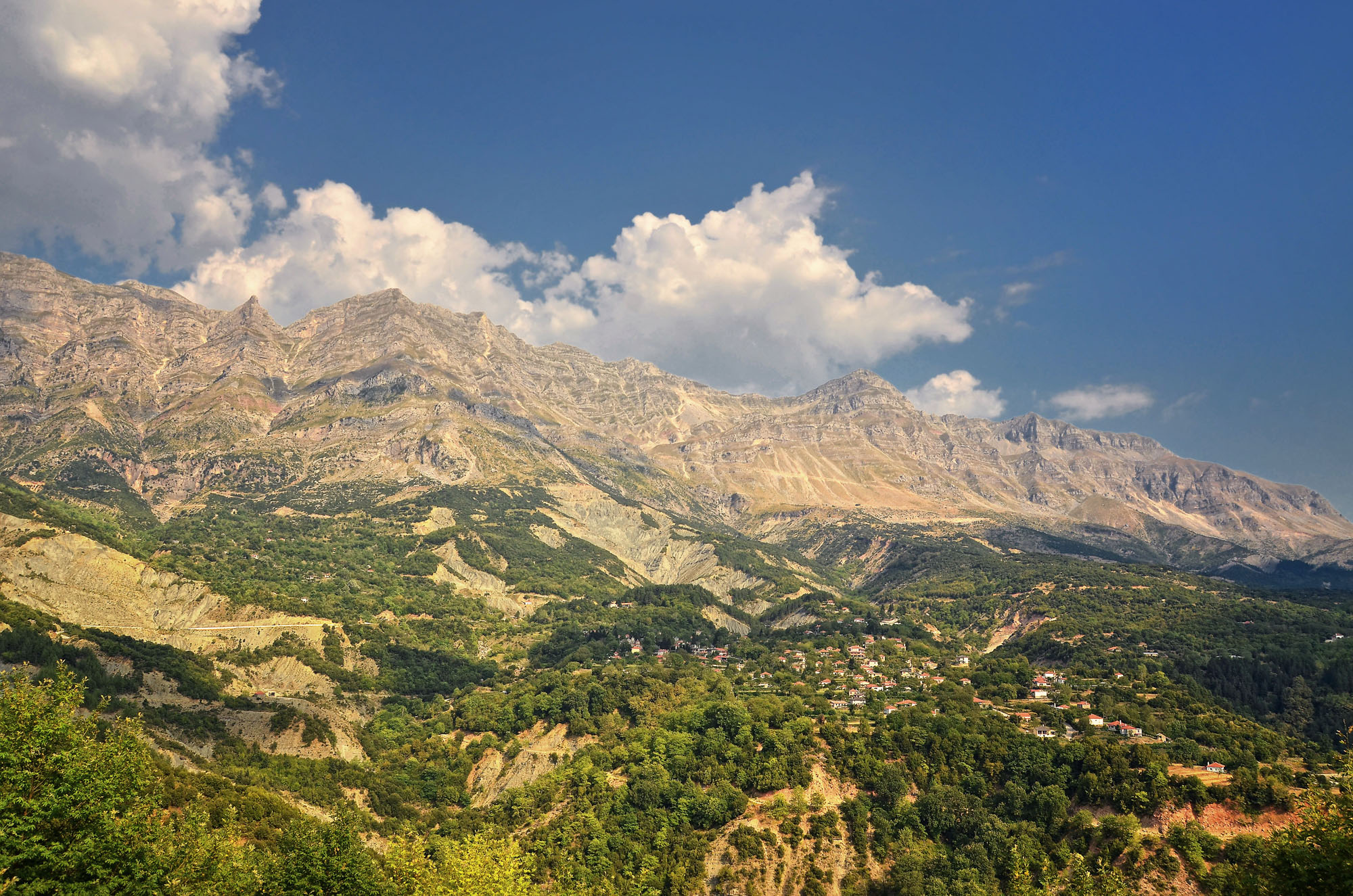
The proud, imposing Tzoumerka mountain chain stands in a wild area which remains untouched by the modern civilization. Deep gorges, bare rocks, rich natural environment, impetuous rivers and traditional settlements are some of the characteristics that compose a scenery of unique wild beauty. The greatness of nature meets history and tradition and life follows nature's call, far from the noise and stress of the urban areas.
Accommodation
Epirus manages to be a one-of-a-kind destination: an enviable combination of cultures and traditions, with a natural environment unique in Greece, and it never fails to surprise and delight its visitors. Epirus is located in the north-west corner of Greece and is an ideal travel destination all year round.
No Accommodation found for this Area.
Travel Info

Accomodation
- Hotels & Villas
- Traditional Accommodation
- Rooms to Let
- Cottages
- Camping
- Travel Agencies

Suggested Routes
- Adventure
- Art & Culture
- Beaches
- Families
- Gastronomy
- Nature
- Walking
- First time in Epirus




